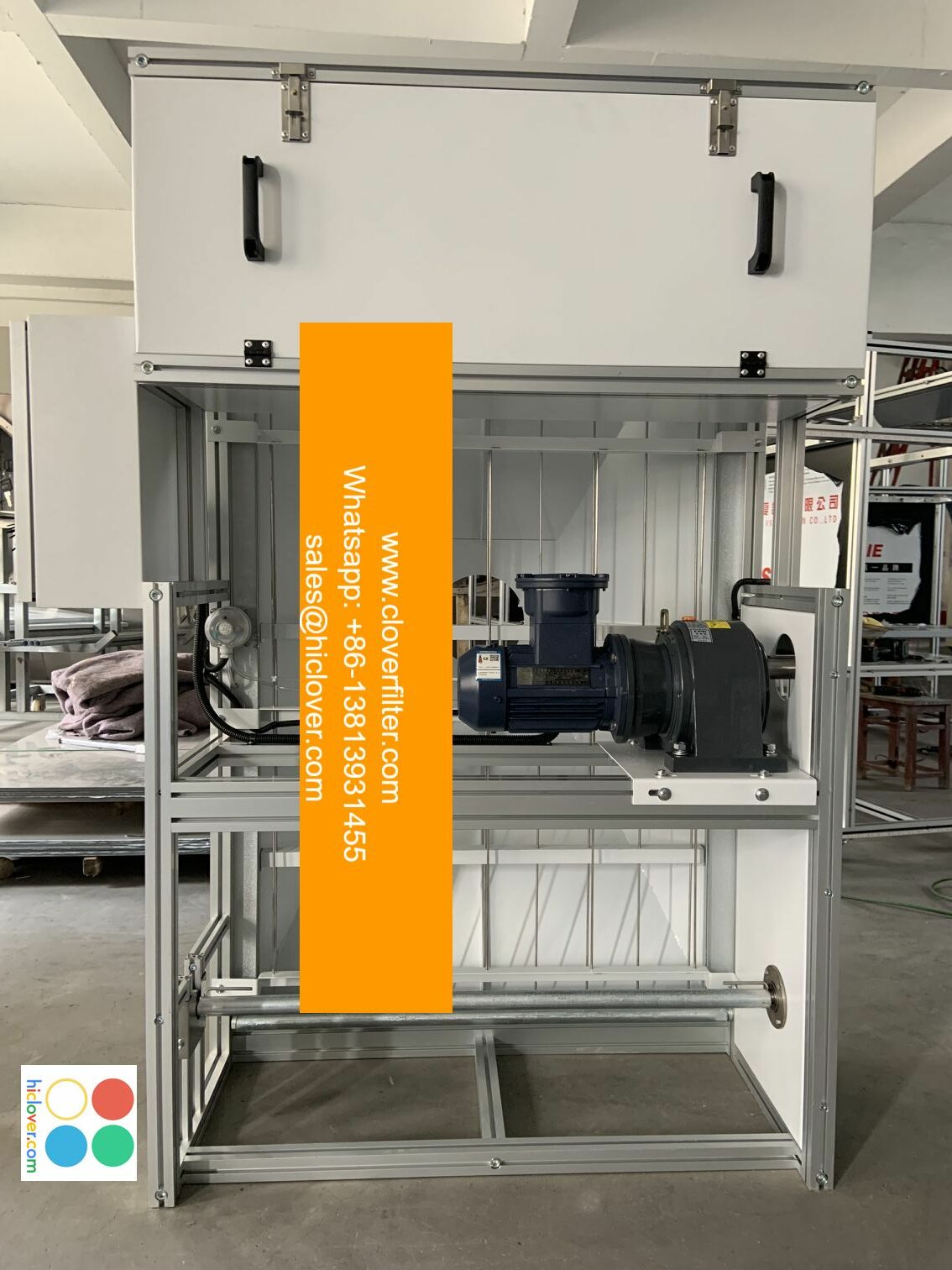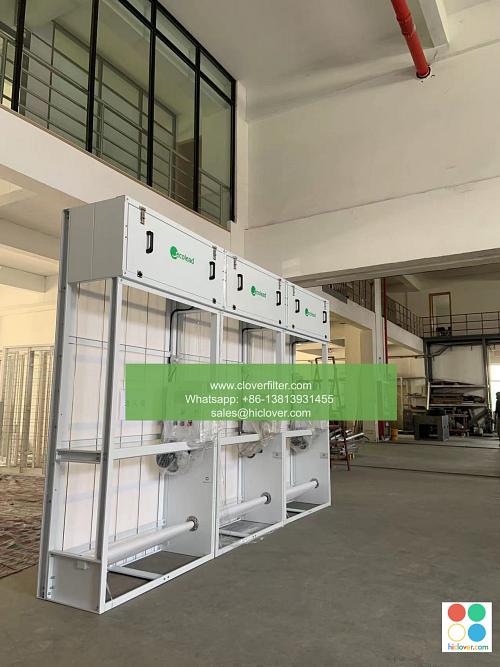From Dust to Fresh Air: The Evolution of Air Filter Technologies

The demand for clean and fresh air has been a longstanding concern for humans, driving the development of air filter technologies. Over the years, these technologies have undergone significant transformations, from simple dust removal methods to advanced air purification systems. This article delves into the evolution of air filter technologies, highlighting various application areas and the impact of nanotechnology, membrane technology, and -artificial intelligence (AI) on the industry.
Early Beginnings: Mechanical Air Filters
The first air filters were basic mechanical systems that relied on fibrous materials to capture particulate matter (PM). These early filters were relatively ineffective, struggling to remove smaller particles and gaseous pollutants. However, they paved the way for the development of more sophisticated technologies. The introduction of high-efficiency particulate air (HEPA) filters marked a significant milestone, offering improved air quality and indoor air pollution control.
Advancements in Air Filter Technologies
The 20th century saw rapid advancements in air filter technologies, driven by the need for cleaner air in various industrial applications, such as chemical processing, pharmaceutical manufacturing, and food processing. The development of activated carbon filters and ionic air purifiers expanded the range of air cleaning solutions. These technologies leveraged adsorption and ionization principles to remove volatile organic compounds (VOCs), odors, and gases from the air.
Nanotechnology and Membrane Technology: A New Era
The integration of nanotechnology and membrane technology has revolutionized the air filter industry. Nanofibers and nanomaterials have enabled the creation of ultra-fine filters with enhanced capture efficiency and selectivity. Meanwhile, membrane-based air filters have shown promising results in gas separation and vapor removal applications. These advancements have opened up new application areas, including medical facilities, cleanrooms, and industrial process control.
Artificial Intelligence (AI) and Smart Air Filters
The increasing use of artificial intelligence (AI) and Internet of Things (IoT) technologies has given rise to smart air filters. These advanced systems can monitor air quality in real-time, detect pollutants, and optimize filter performance. Machine learning algorithms enable smart air filters to learn from experience and adapt to changing environmental conditions. This intelligent approach to air filtration has far-reaching implications for indoor air quality management and occupational health.
Application Areas and Future Prospects
The evolution of air filter technologies has expanded their application areas to include:
* Residential air purification
* Commercial HVAC systems
* Industrial process control
* Medical facilities
* Cleanrooms
* Vehicle cabin air filtration
As the demand for clean air continues to grow, the air filter industry is expected to witness significant advancements in the coming years. The integration of emerging technologies, such as graphene and biotechnology, will likely play a crucial role in shaping the future of air filtration. With the increasing focus on sustainability and environmental protection, the development of energy-efficient and eco-friendly air filters will become a key priority.
In conclusion, the evolution of air filter technologies has transformed the way we breathe, from simple dust removal methods to advanced air purification systems. As the industry continues to innovate and expand into new application areas, the future of air filtration looks promising, with a focus on sustainability, energy efficiency, and improved indoor air quality. It seems like you’ve provided a prompt without any actual question or topic for me to address. Could you please provide more details or clarify what you would like to discuss?

